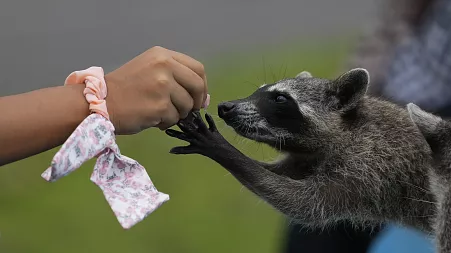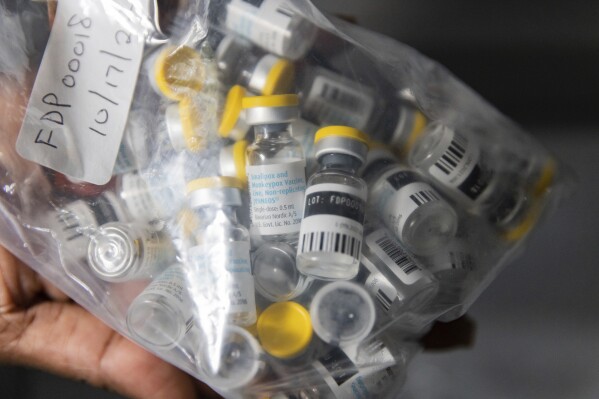When Italian swimmer Nicolo Martinenghi won the 100m breaststroke on Sunday, he showcased some very eye-catching marks on his body.
He is not the first athlete to show off these spots that almost look like bruises.
Swimmer Michael Phelps also had them during various competitions, just like footballer Karim Benzema and boxer Floyd Mayweather.
It is not only common among athletes, celebrities like Justin Bieber, Jennifer Aniston, and Gwyneth Paltrow have also shown the same marks.
But what exactly are they?
It’s the result of cupping therapy, an ancient Chinese technique often used to relieve pain and inflammation from concrete parts of the body.
The traditional method consists of putting a substance such as alcohol, herbs or paper inside a cup and setting it on fire. When the fire stops, the cup is placed on the skin upside down creating a vacuum. The most modern version of this uses a rubber pump instead of fire.
The vacuum makes the skin rise and helps expand the blood vessels, lasting between 5 and 10 minutes.
This technique has been used for many years in China, Egypt and other Middle Eastern cultures to treat various conditions including pain, vertigo and menstrual discomfort. It is even one of the “best remedies” recommended by Prophet Muhammad.
While the treatment is often advertised to offer detoxification of the body, relieve muscle pain, and even help with stress and anxiety, the medical community is divided about its effectiveness.
Currently, there is little scientific proof of its benefits. In 2023, a study evaluated the effects of cupping therapy in musculoskeletal and sports rehabilitation analysing case series studies published between 1990 and 2019.
It concluded that while "cupping therapy has low to moderate evidence in musculoskeletal and sports rehabilitation, it might be used as a useful intervention because it decreases the pain level and improves blood flow to the affected area with low adverse effects."
The report showed that the incidence of adverse events is very low – the most common one being the marks left on the body, which can last up to seven days after the treatment.
However - as is often the case with non-conventional medical practices- not everyone in the scientific community is on the same page.
In France, the host country for the Olympic Games, the national association of masseurs and physiotherapists banned the practice in 2021 after considering the proven benefits do not outweigh the risks.
Disclaimer: The copyright of this article belongs to the original author. Reposting this article is solely for the purpose of information dissemination and does not constitute any investment advice. If there is any infringement, please contact us immediately. We will make corrections or deletions as necessary. Thank you.




